The Ancient Ruins of a Lost Civilization
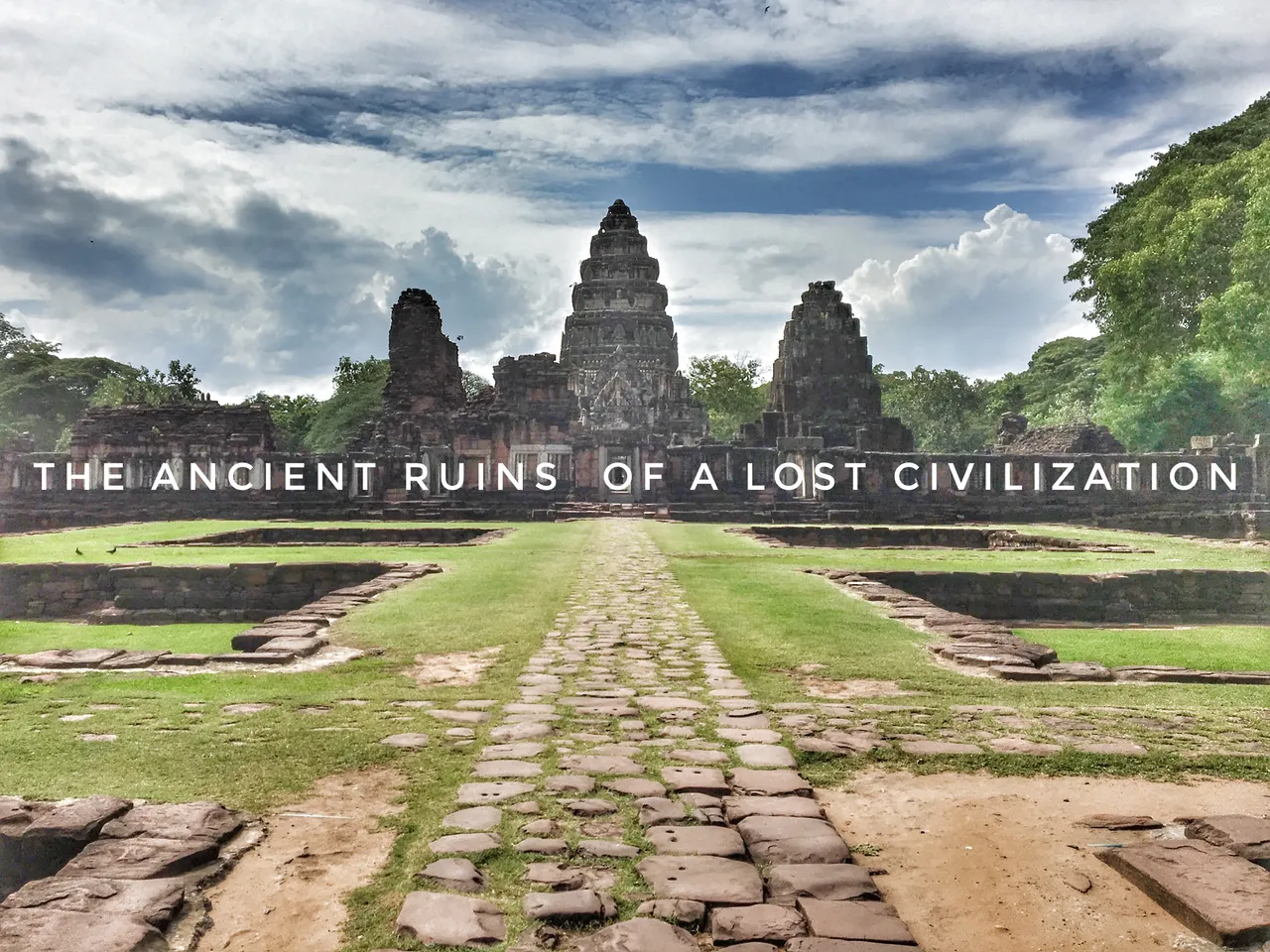
In Nakhon Ratchasima, Thailand, there are many beliefs and ruins that link the province to a long lost ancient civilization of greatness. One temple is the ancient ruins of Phimai, now called the Phimai Historical Park. Phimai today, is just a 45-minute drive outside of Korat and is one of the loveliest towns in the province. Today, the town itself is famed for having some of the best papaya salad in Nakhon Ratchasima called "som tham Korat," and the best restaurants are across the street from the Phimai Historical Park.
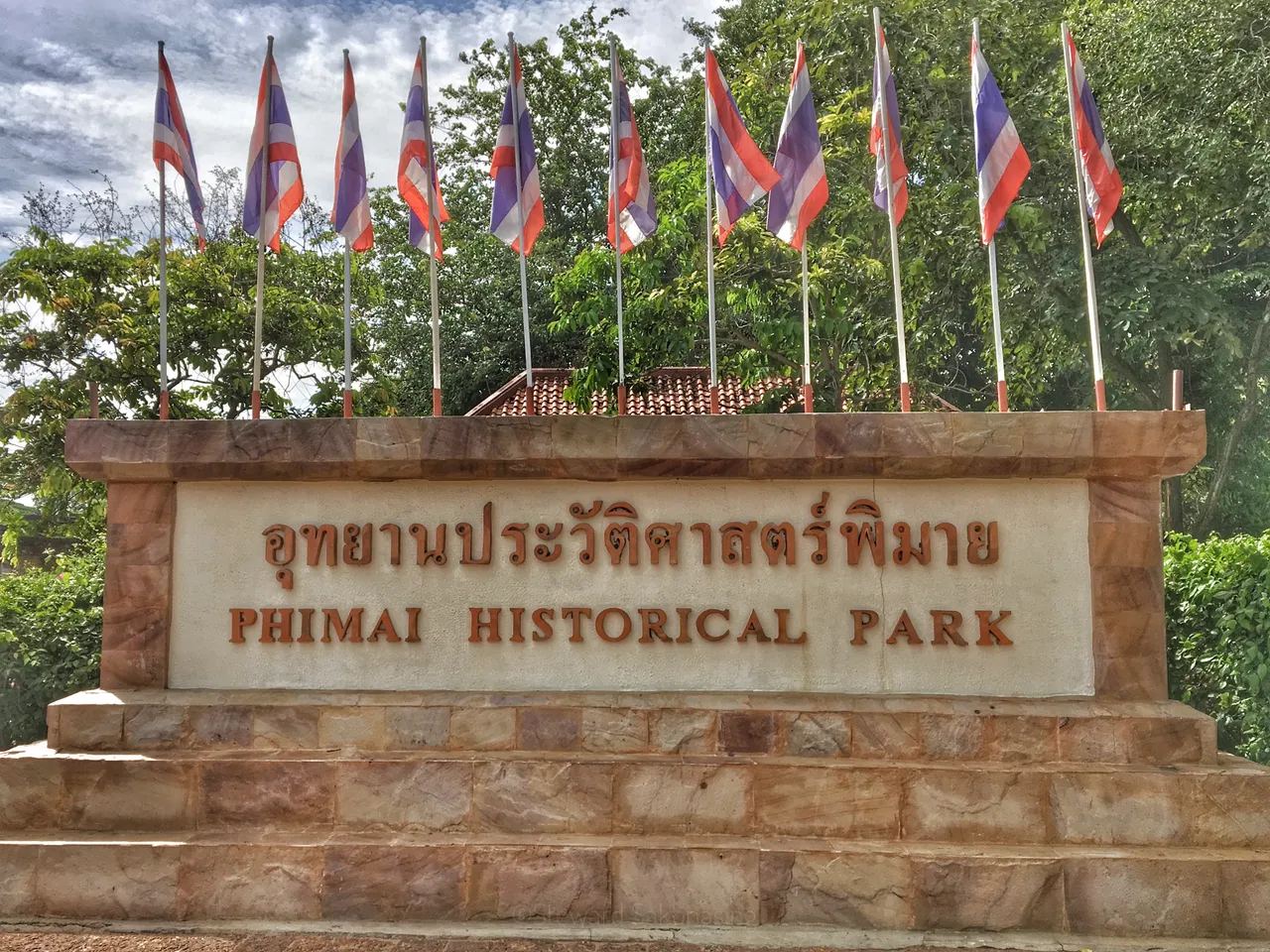
Every day in the historical park, you see local seniors sitting around the great archeological site, chatting with one another about their everyday lives. You'll see many tour groups roaming the ancient grounds taking pictures, trying to capture priceless memories and dedicated groundskeepers busily working.
The Tradition of Som Tham Korat
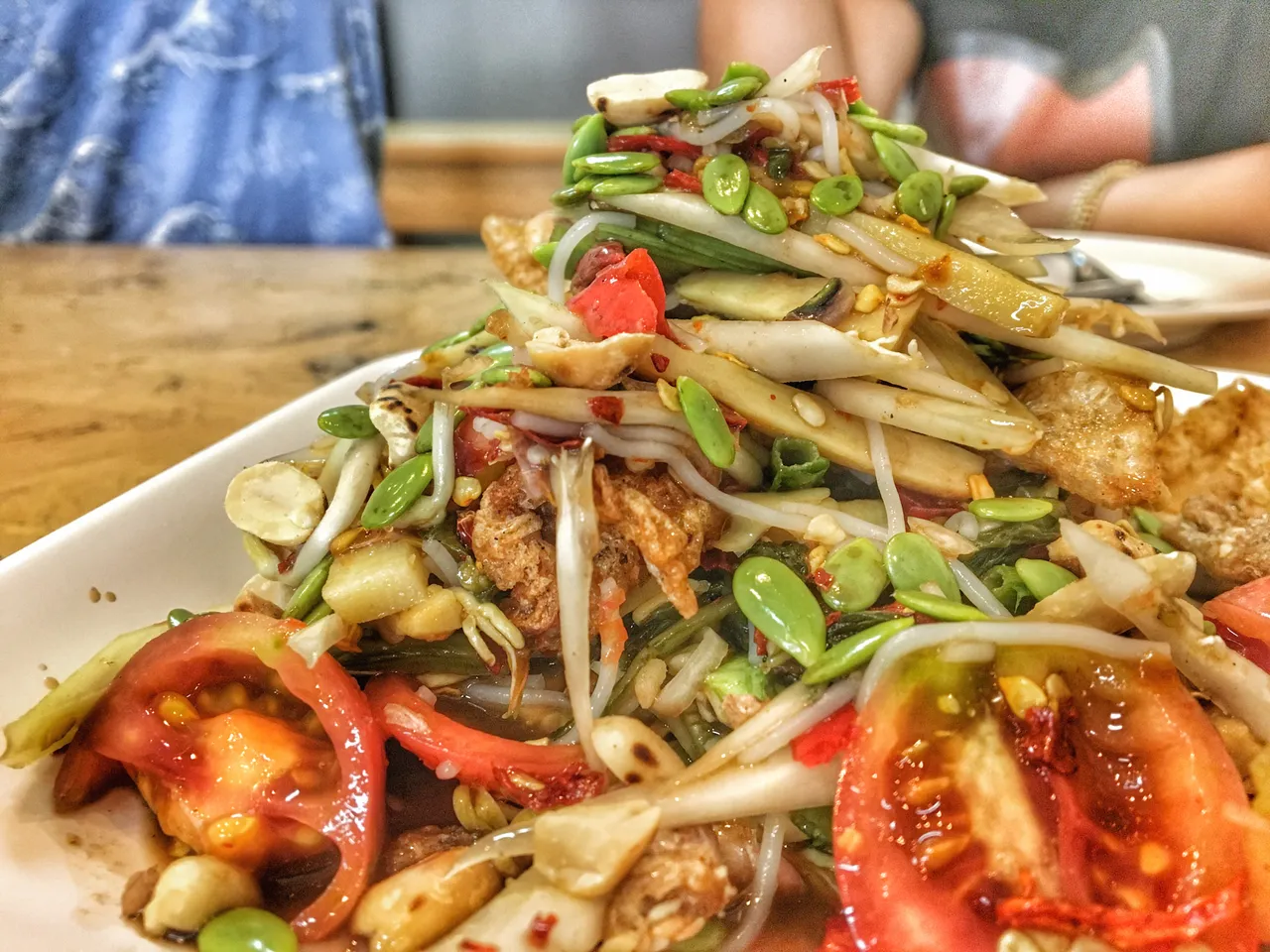
One of my friends' wife, comes from the town of Phimai. I'm grateful for the opportunities to visit her family and when we do, we always stop by the Phimai Historical Park. There are numerous restaurants surrounding the historical park that serves the best Som Tham Korat. You can try any of them because the town itself is very small so the best food is around the historical park to cater to the park's visitors.
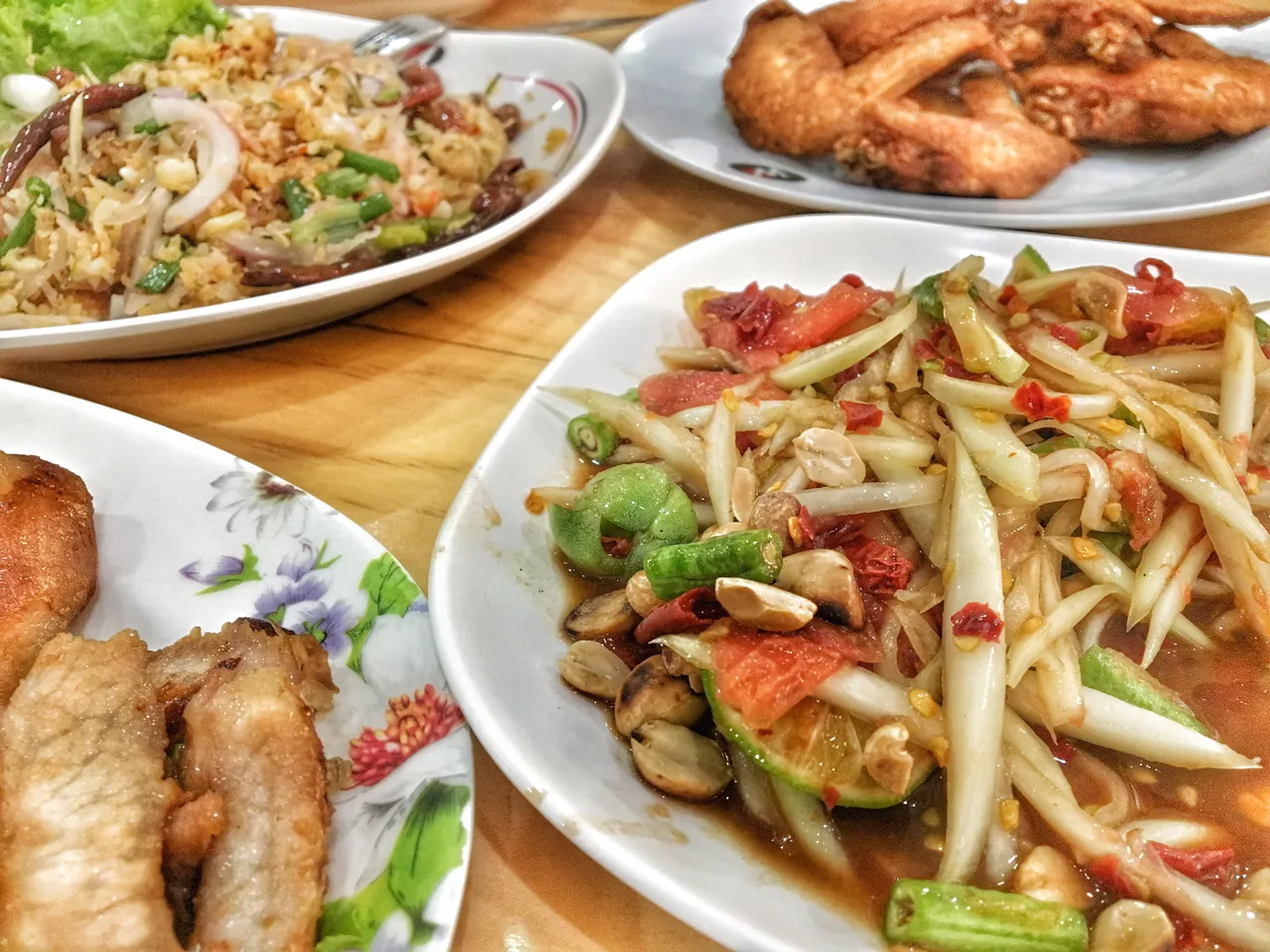
How som tham Korat differs from the other styles of som tham is that they combine all the ingredients from som tham Thai, crab som tham, and som tham pla ra. Let's break these dishes down to properly understand the papaya salad logic. Som tham Thai is the normal Thai papaya salad that we usually eat at Thai restaurants across the world, that has dried shrimp and peanuts in it. In Thailand and surrounding countries, som tham pla ra refers to papaya salad with fermented fish, with no peanuts and dried shrimps. Crab som tham is papaya salad with small freshwater crabs, also without peanuts and dried shrimp. Som tham Korat, on the other hand, combines all these ingredients of papaya salad with fresh water crabs, pla ra, peanuts and dried shrimp. The result is an explosive acquired taste that leaves every som tham lover craving for more.
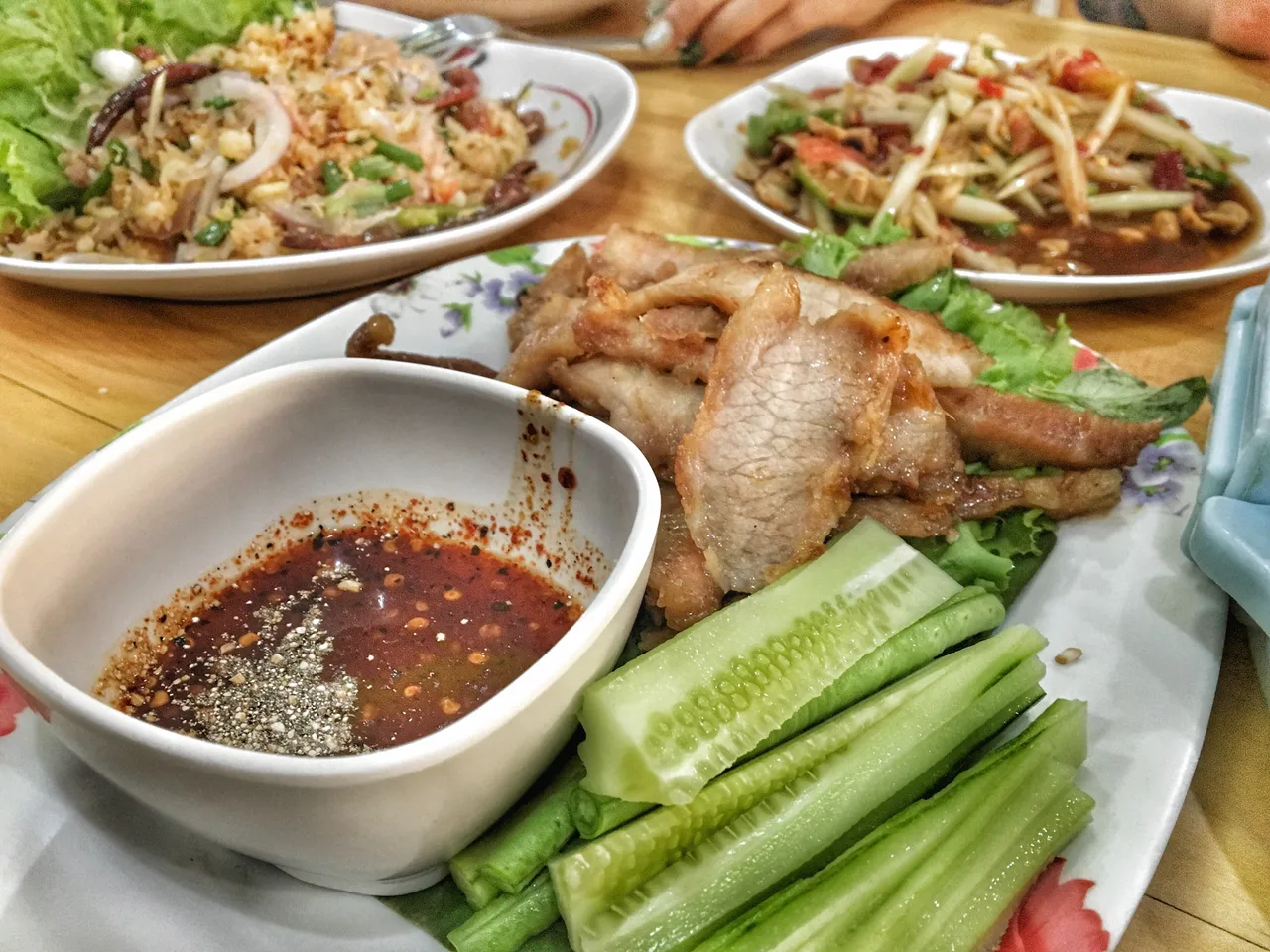
We always tend to arrive at the Phimai Historical Park around 1 pm and stop at one of the restaurants to enjoy lunch. As you can imagine weatherwise, 1 pm any month in Thailand is super hot so we always eat and hydrate before the excursion through the ancient temple. It's become our family tradition to eat som tham Korat and discuss how the ancient temples of Phimai were built. The discussion always leads to confusion when we speak about the stones used to build the ancient temple because the stones themselves originated from more than one thousand kilometers away. That's quite an accomplishment for the 11th century.
The Ruins of the Great Khmer Empire
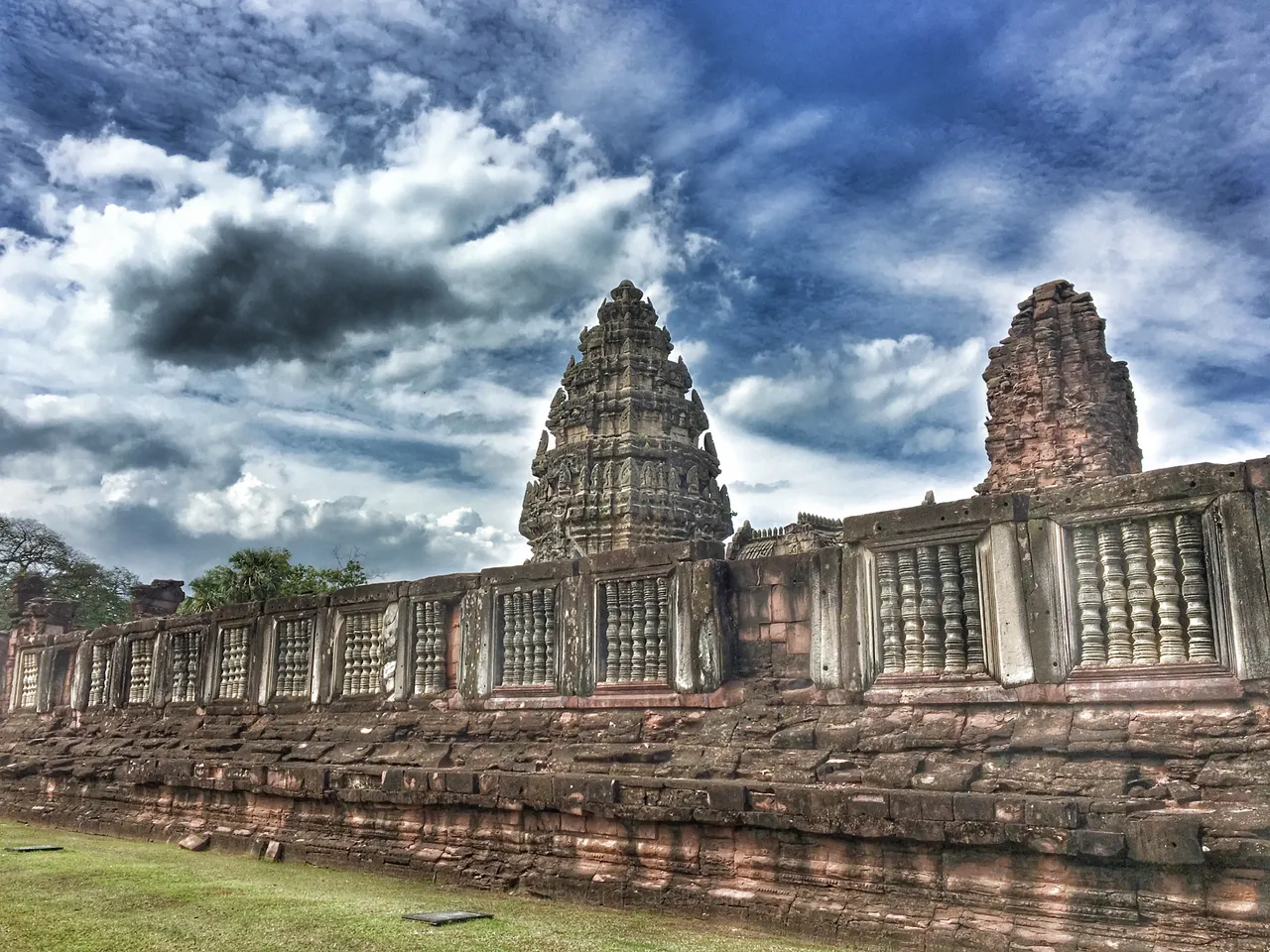
I always save the Phimai Historical Park visitor's center for last even though it's the first building you see when you walk in. The reason for this is because the historical park's museum has great air conditioning to walk through after spending a couple of hours exploring the temple grounds under the Thai sun. As soon as you get on the actual temple grounds, you are greeted by the infamous Naga bridge.
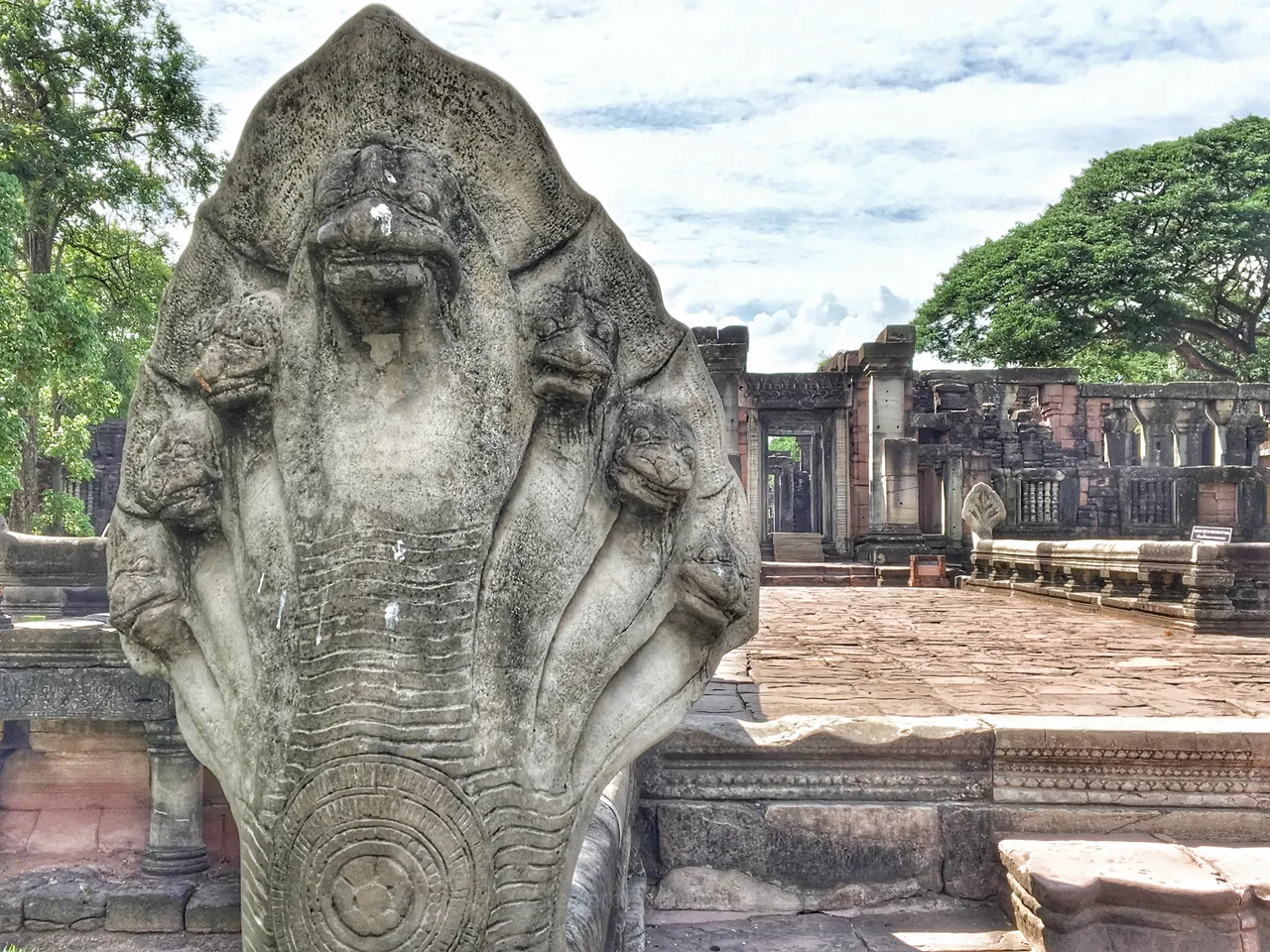
The Naga bridge was built to bridge this realm to the heavens and interestingly enough, is aligned with the main temple's cosmological calculations matching Angkor Wat.
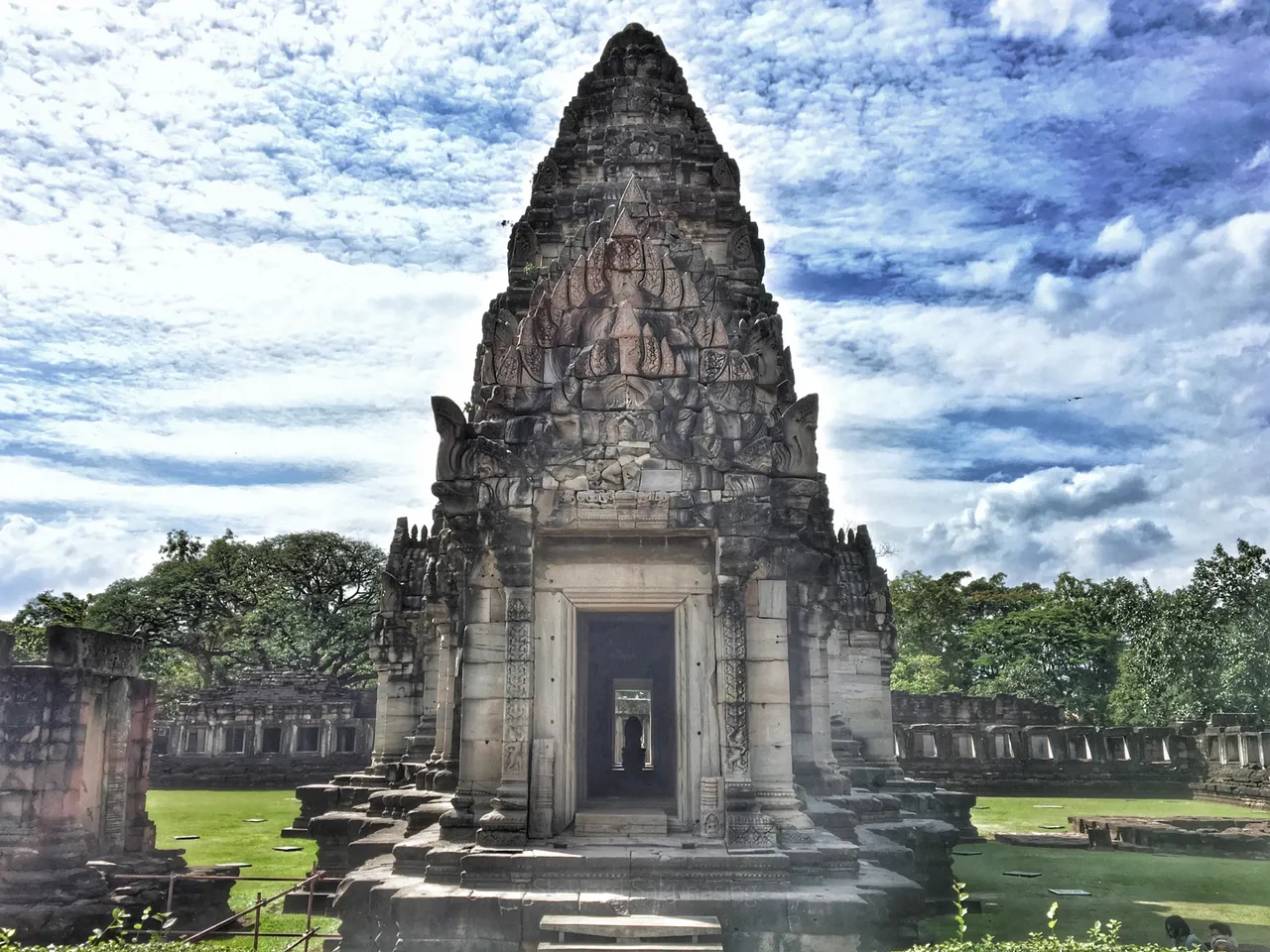
The Naga bridge leads to the arched gateways and then the rectangular passageway that leads to the ancient temple's main center. This passageway is also infamous in its own right because it's believed that it leads into the temple's walls where deities reside.
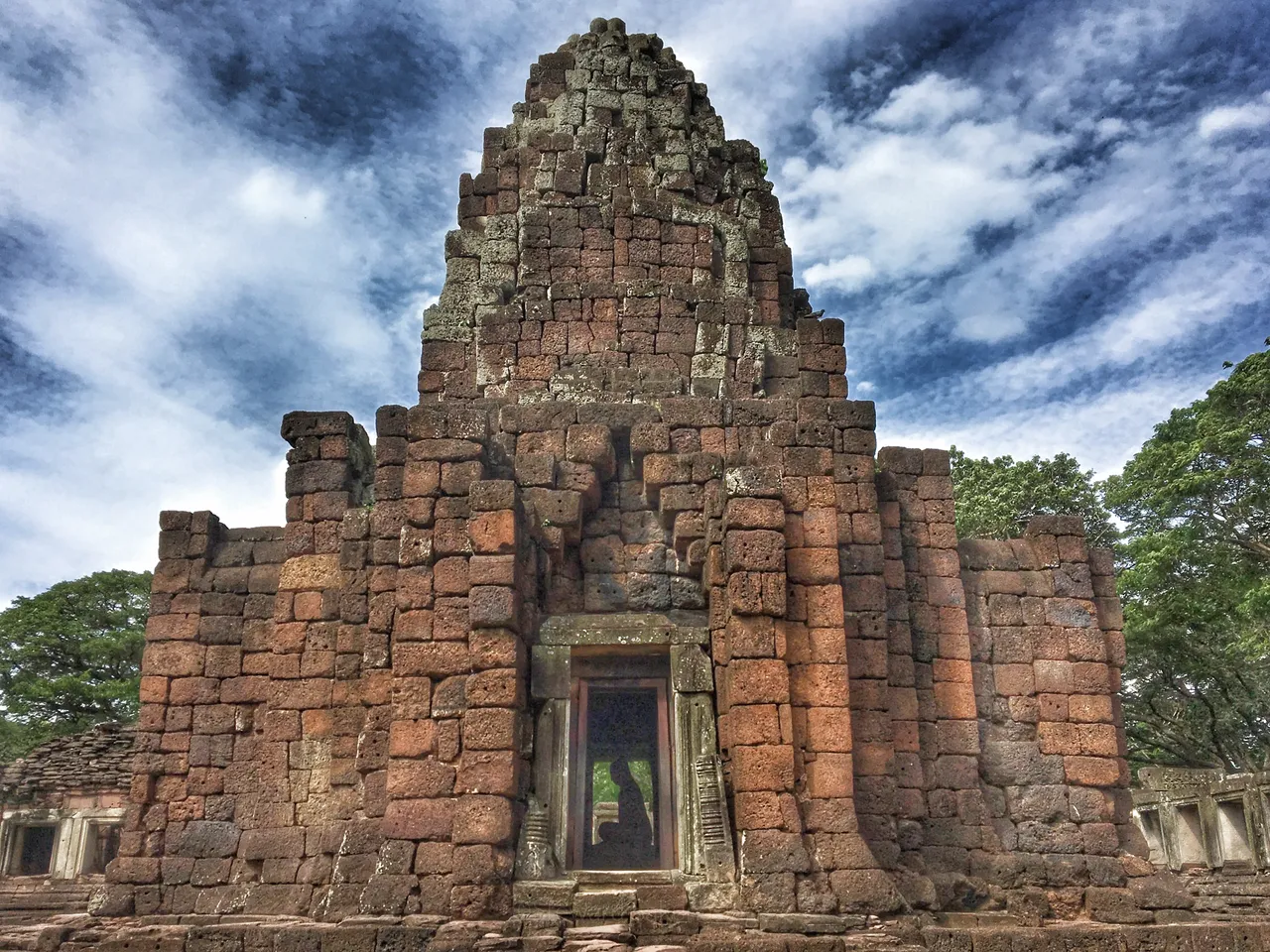
Once in the ancient temple's walls, you instantly see the Prang Brahmatat that houses a replica statue of King Jayavarman VII.
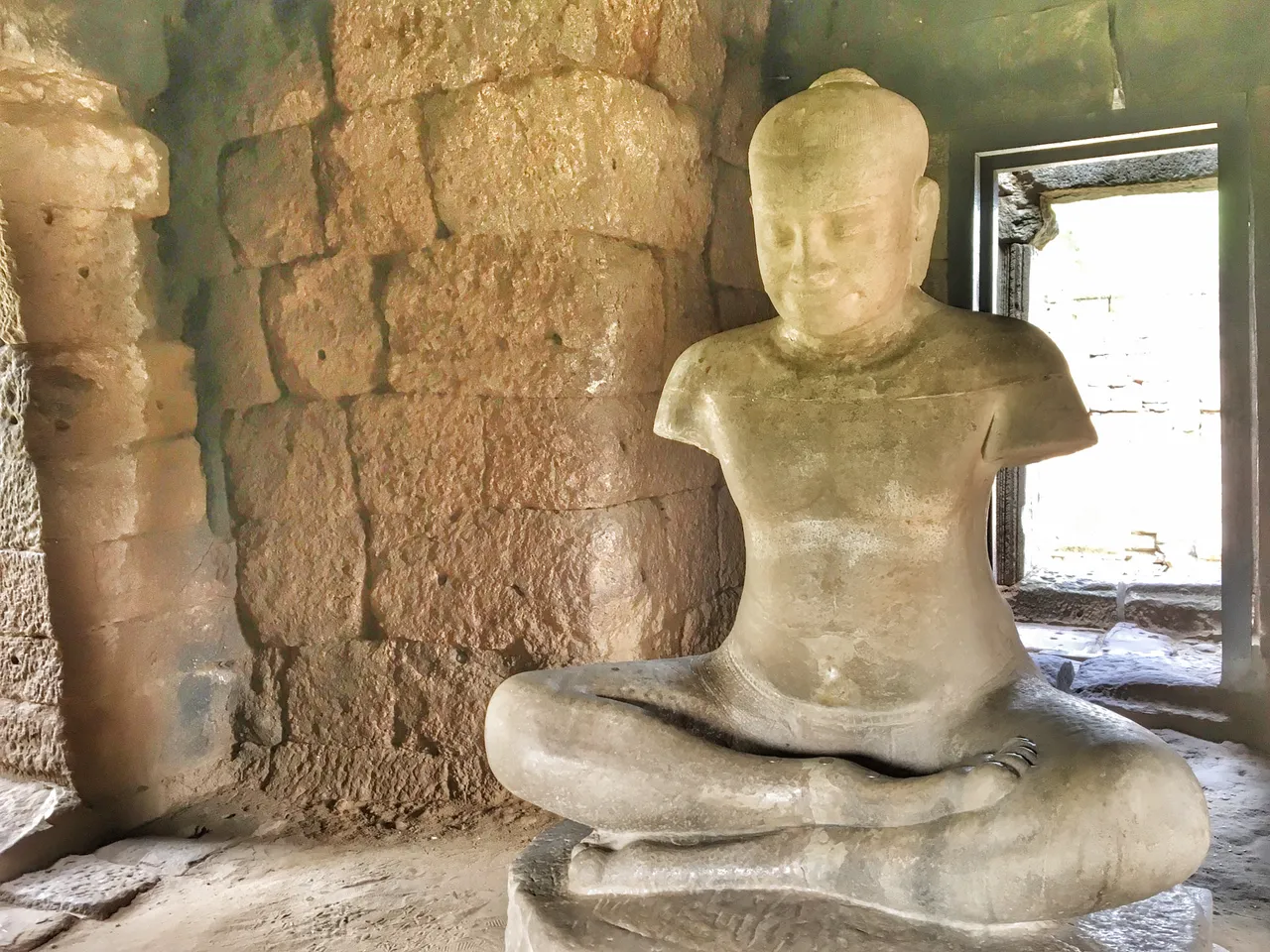
The original statue is now on display at the Phimai National Museum along with many other original statues and treasures from the "auspicious holes."
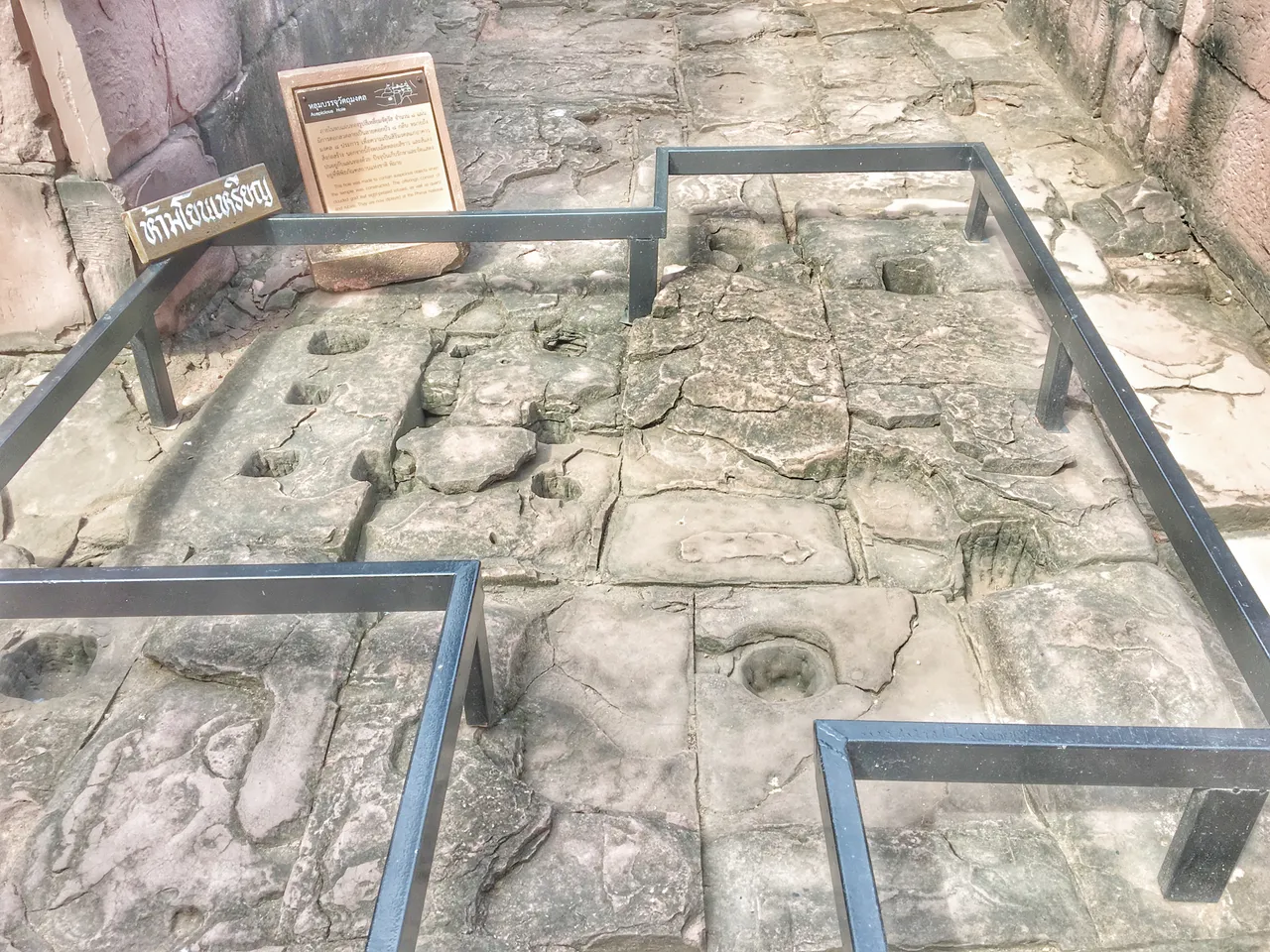
The Main Prang was built in the late 11th century and is made of white sandstone. When you are within the walls of the main temple, we don't understand the unique calculations of the Main Prang.
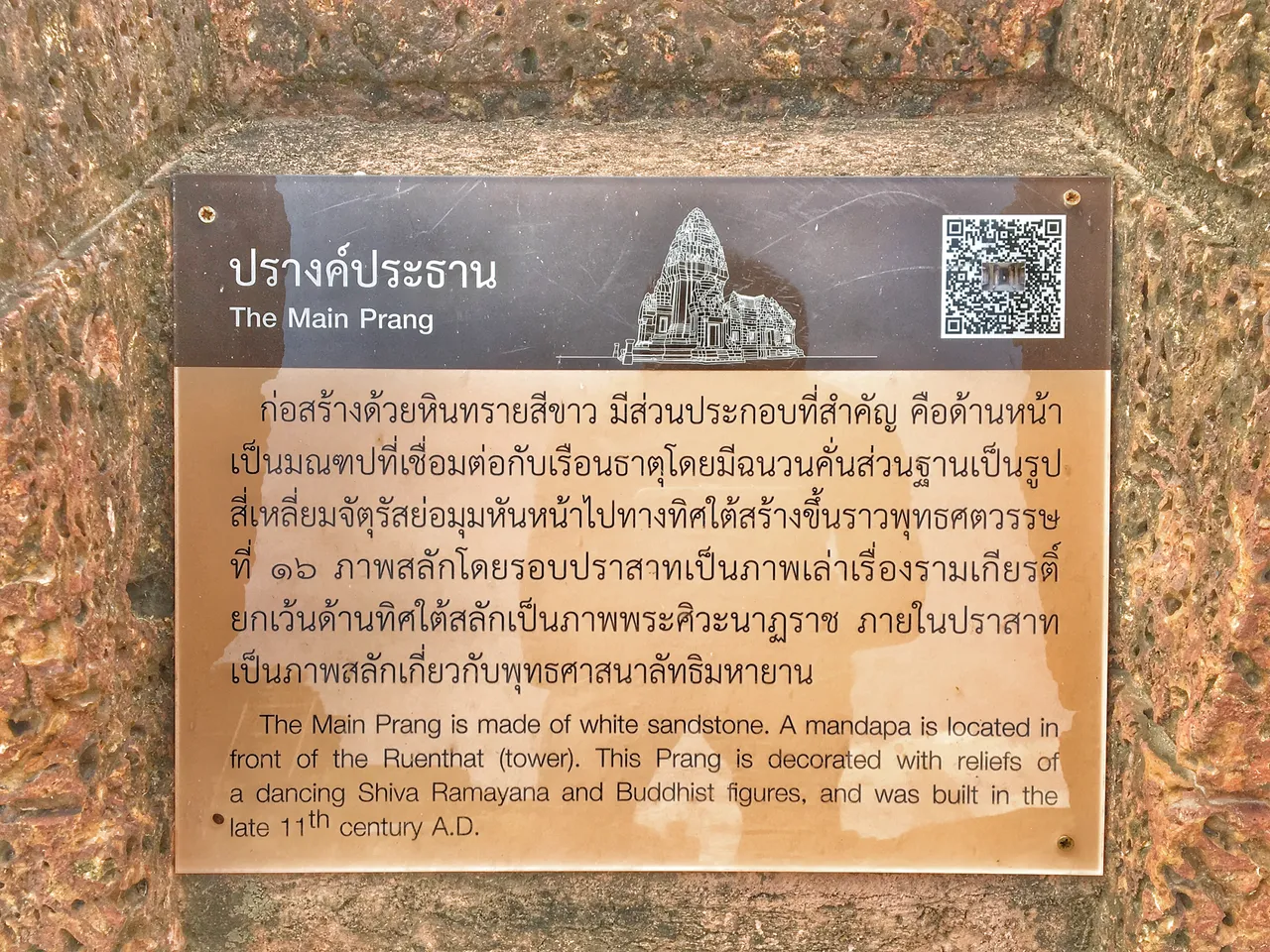
You can only admire the interior and exterior design of it because, in our modern world, it's just an artistic religious structure of a lost civilization. When I asked spiritual leaders that I respect in Nakhon Ratchasima about how the Western world understands the ruins of Phimai and this Main Prang, the response was; they don't. They went on to explain that the Western world will always use science to explain anything spiritual, and that science is only useful for this realm. Let's dig deeper into the responses I've gotten over the years since it's a lost civilization.
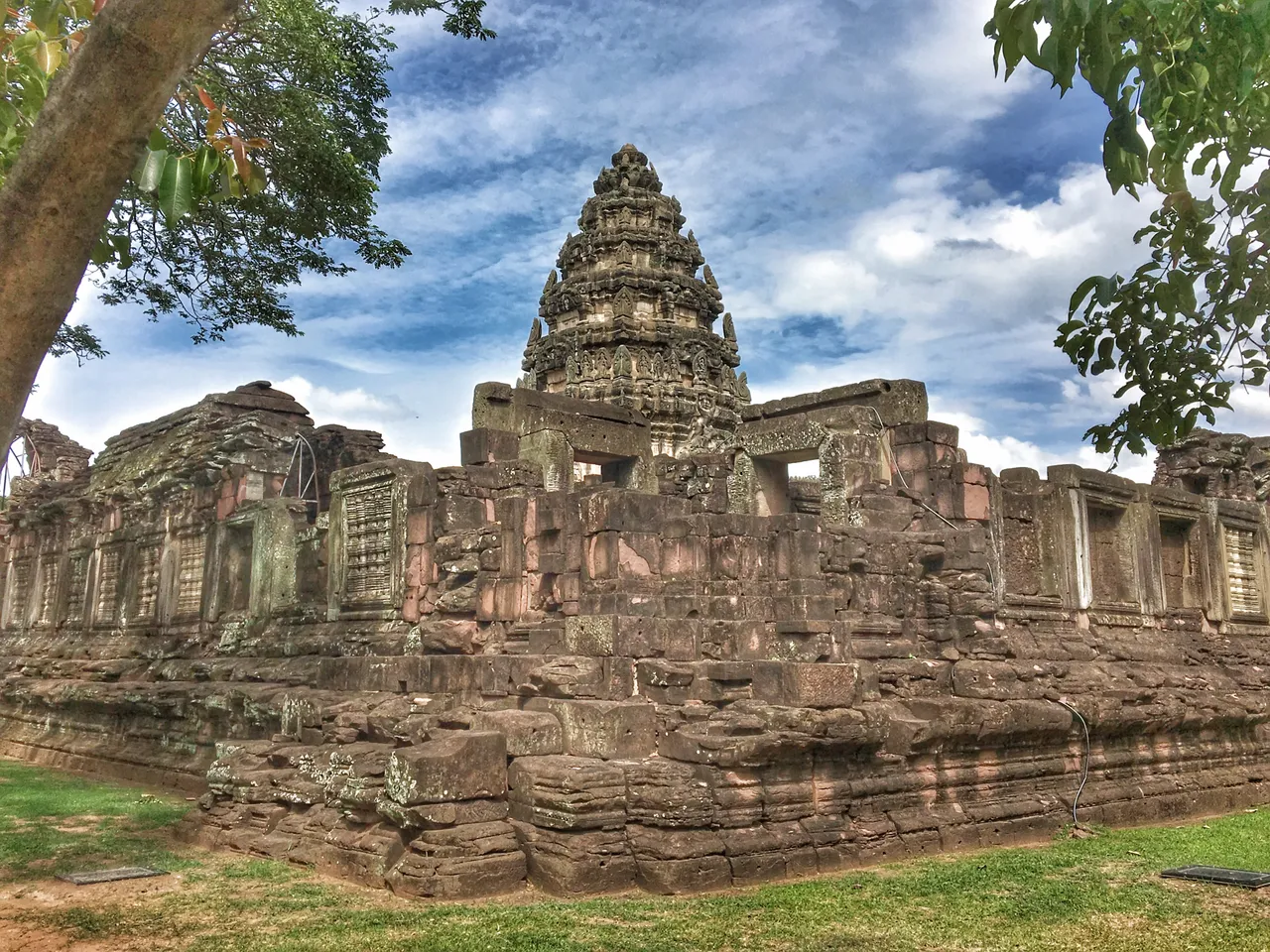
Ancient ruins like Phimai, Angkor Wat, and all the pyramids around the world are believed to be gateways much like the film "Stargate." The very top of the Main Prang is designed in the shape of a pineal gland and it's believed that to access the gateway, you must have a sender and a traveler (or travelers). Think of it as in the Marvel film "Thor" and the character Heimdall played by Idris Elba. That's the sender that looks after the travelers and they are always a grandmaster at astral projection. The travelers have to also be masters at astral projection and more importantly, they all must project out of their physical bodies on the temple grounds to access the gateway. The exact reason for this is because with every projection, the room or building you astral project from is quite the same as the limited 3rd dimension you project from. We're not speaking of death here. We're speaking about traveling from astral plane to plane through the gateways from lost civilizations. Pretty cool and eerie at the same time right?
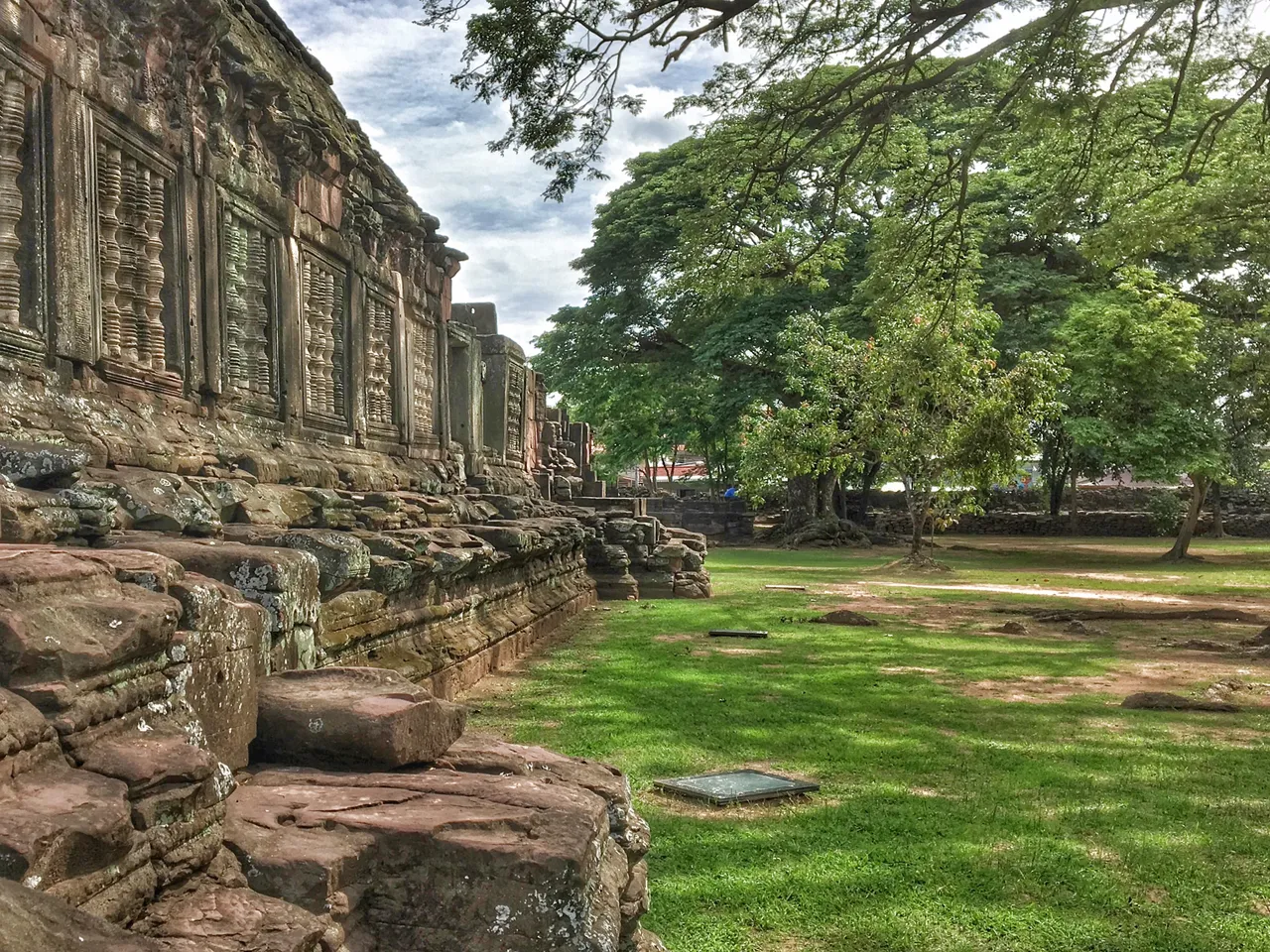
Once outside the walls that house the Main Prang, you get to see the amazing remains of an ancient city. The trees are gigantic and though they may not be from the 11th century, they're still an impressive sight to see.
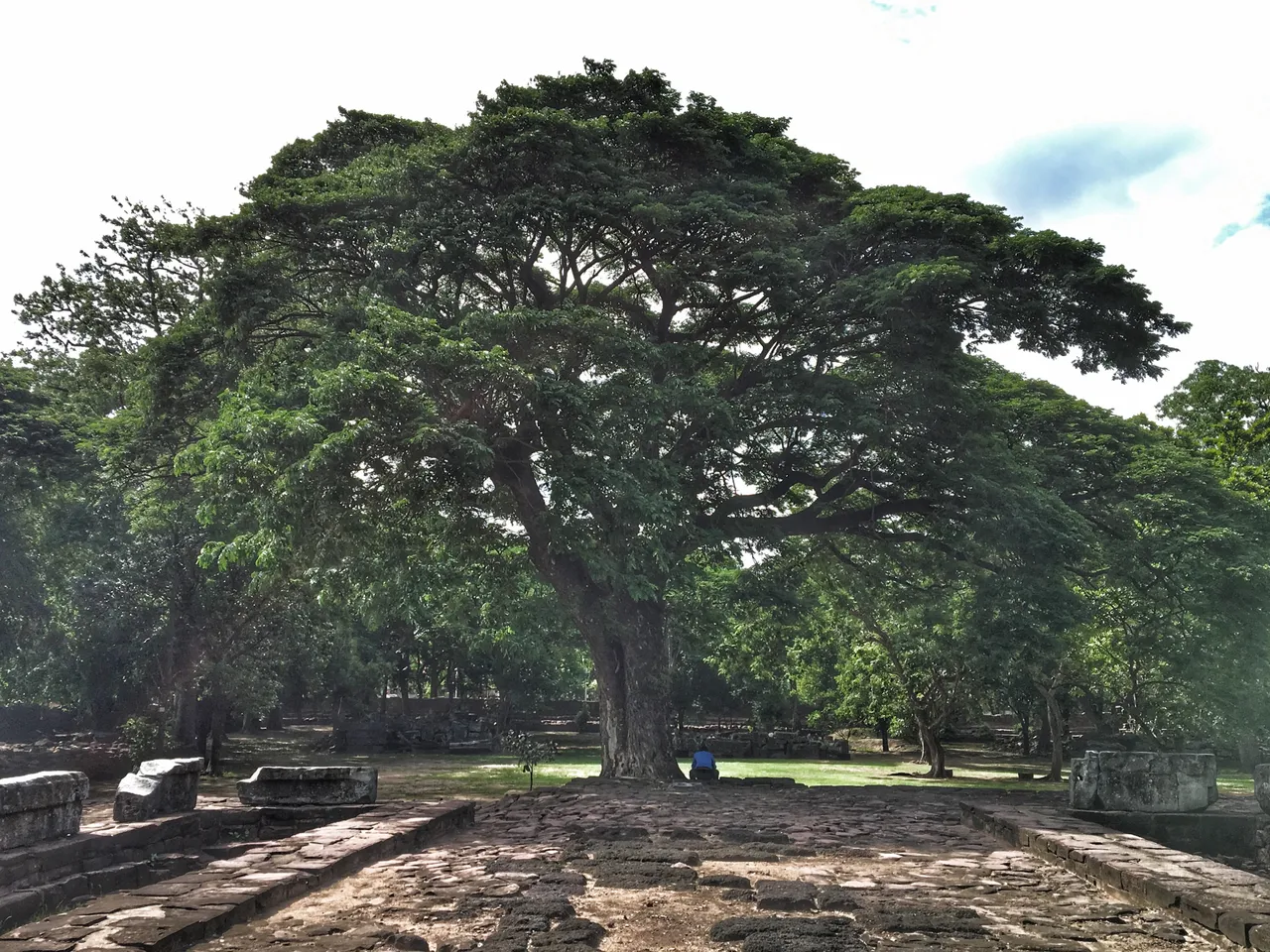
The moats and the ancient temple's gardens are all well taken care of by all the dedicated groundskeepers. I've always loved reading books so before exiting the ancient ruins, I always climb up on the remains of the Bannalais which was constructed to store religious documents. It would be the equivalent of our modern libraries, only in the 11th century, books weren't officially invented yet. The ancient city is quite large so when you walk back towards the entrance, try to find some shade along the ancient walls as you walk.
From Ancient to the Modern World
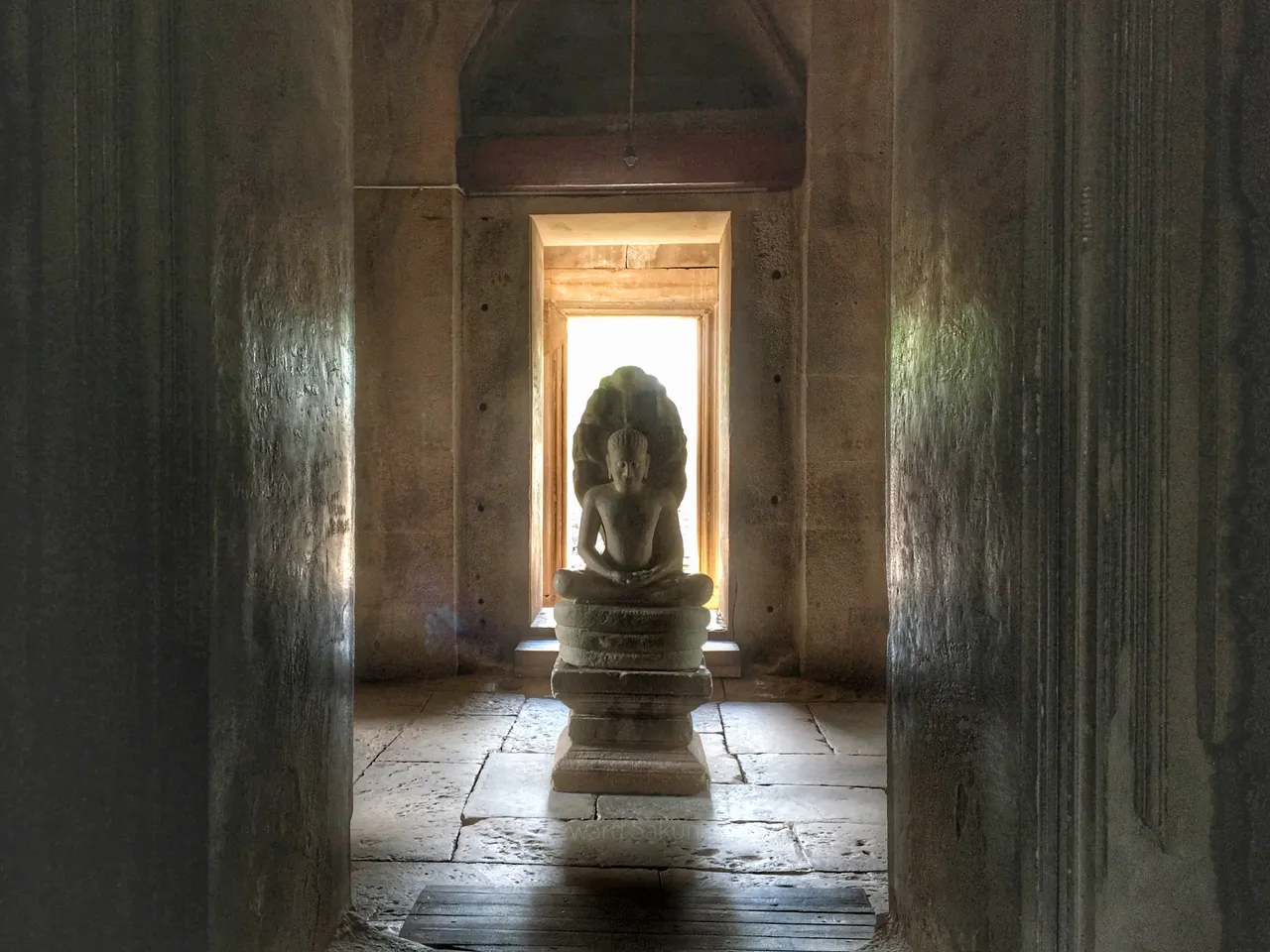
The walk back to the entrance of the Phimai Historical Park is quite interesting. The historical park gives you the feel of actually being in that time period but as you look beyond the park, you see our modern world with cars passing by. Then you look back at the Main Prang's pineal gland shape structure and realize that these are in fact 2 different worlds, not only in time but also in true power.
If it's true what's been told to me over the years, then that would mean our modern world is ruled by the root chakra. If used correctly the root chakra can bring happiness to generations to come in this realm. If used incorrectly, then just turn on any news channel and you'd have an example of how it's currently being used. As we reached the front of the historical park, I'm always grateful for the experience of this great ancient temple. One other thing that I'm always grateful for in our modern world is experiencing the greatest air conditioning ever, in the Phimai Historical Park's visitor center, on our way out.
Authored & Photographed by: @stewsak
Click on the coin to join our Discord Chat
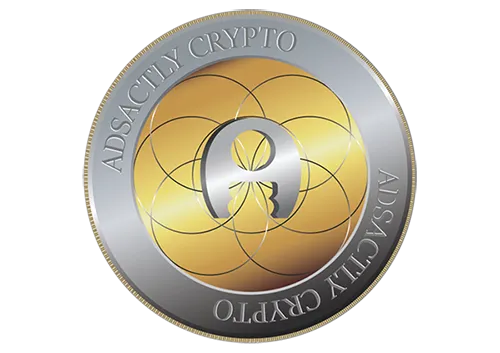
Witness proposal is here:
Go To Steem Witness Page
In the bottom of the page type: adsactly-witness and press vote.

Use small letters and no "@" sign. Or, click here to vote directly!
Thank you!